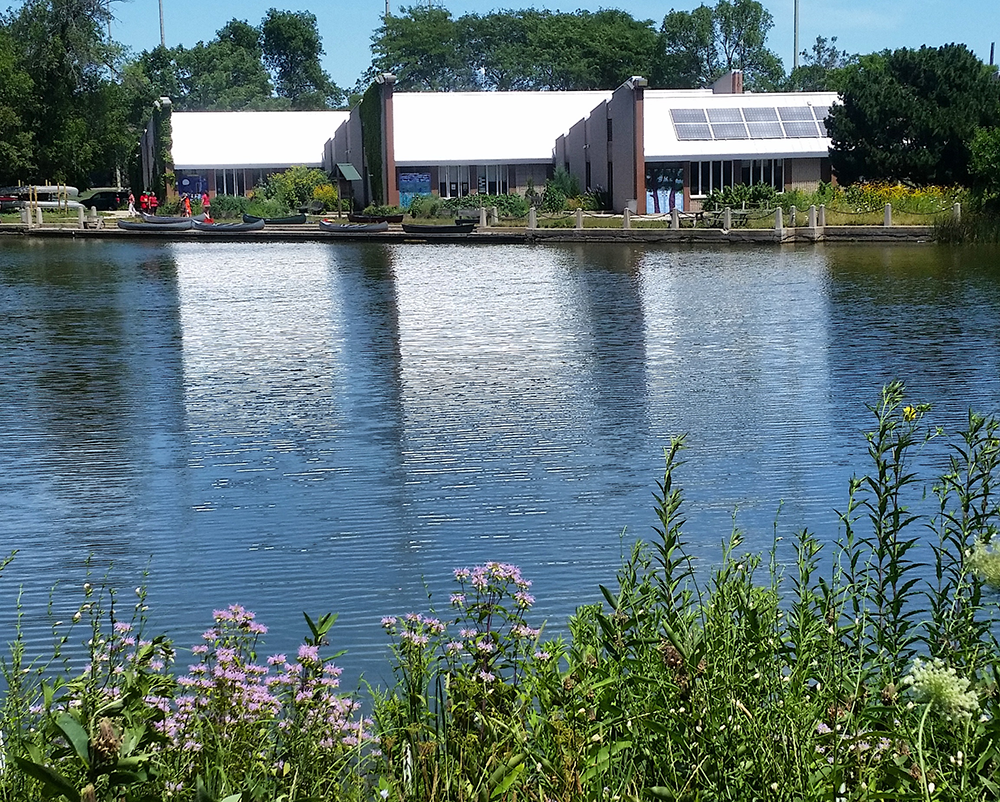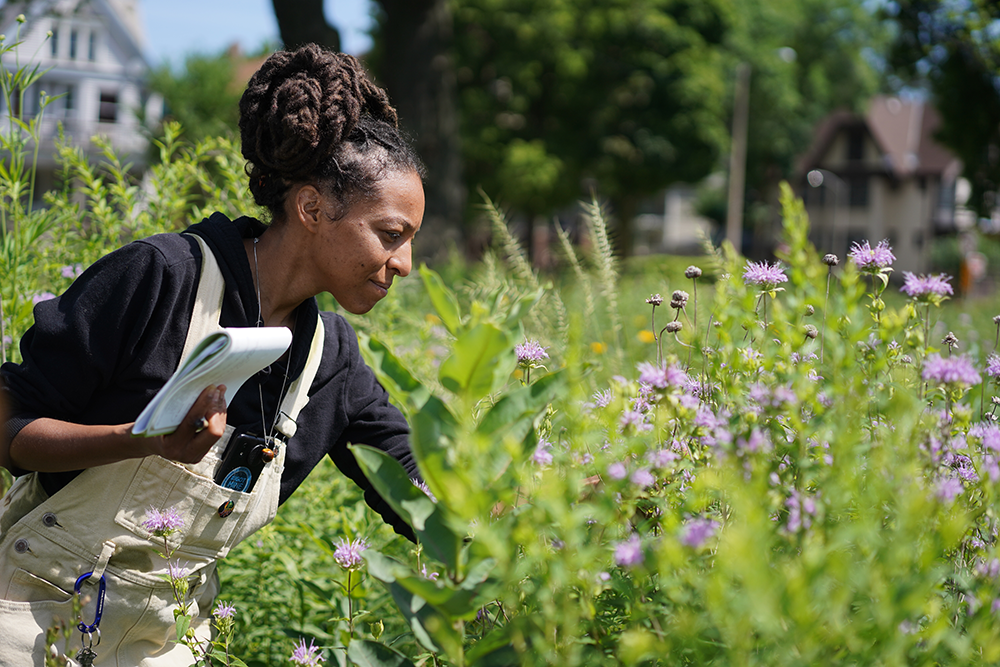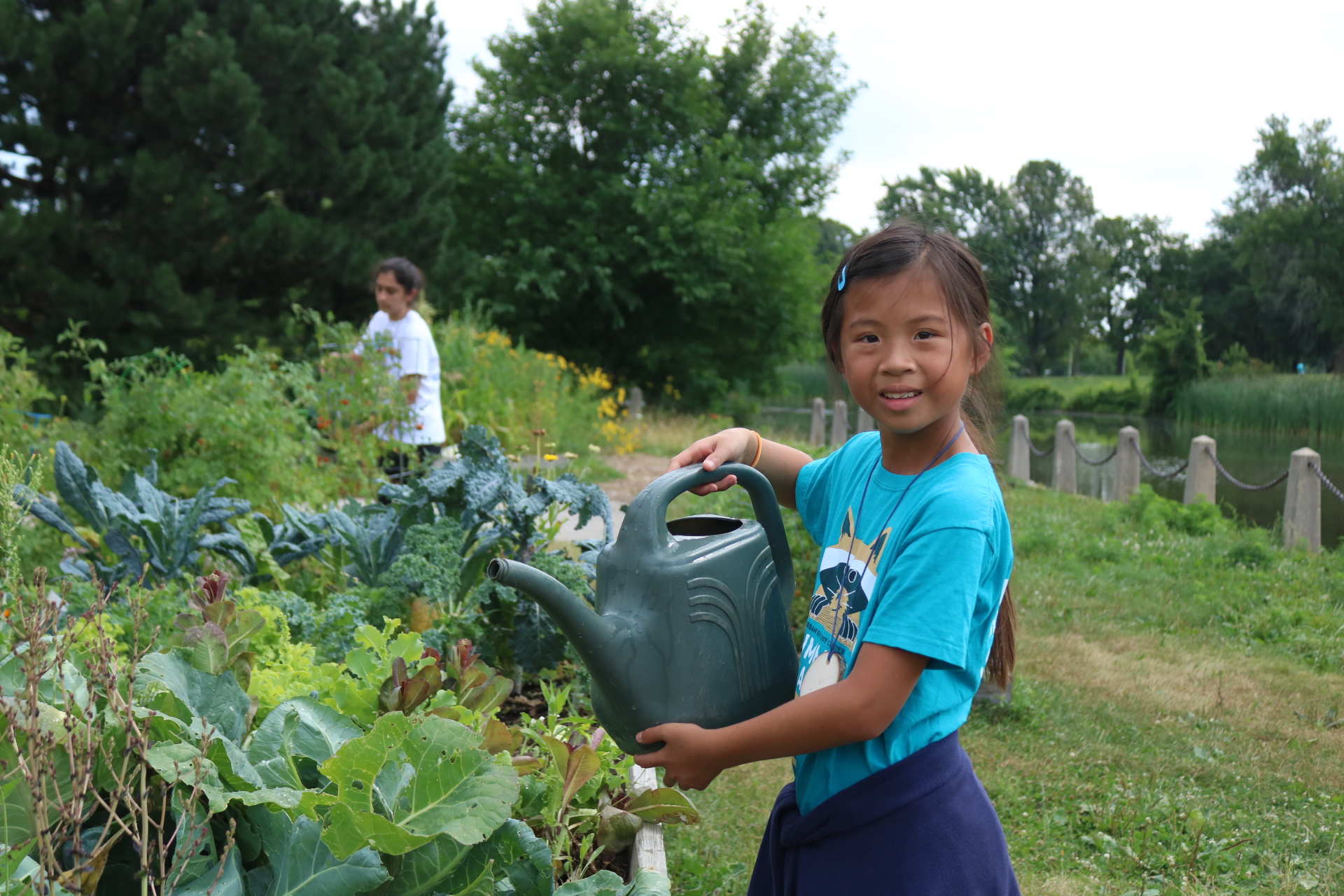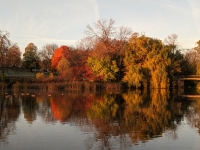In its most recent Annual Report, the Cultural Landscape Foundation focused on “The Olmsted Design Legacy” and included the Olmsted-designed Washington Park on a list of at-risk landscapes. The Foundation expressed concern that Washington Park’s historic landscape features remain at risk as “myriad local stewards and interest groups balance natural and cultural concerns in planning for the park’s future.” We appreciate the Foundation’s interest in Washington Park and we wanted to take this opportunity to provide some background about our ongoing work in the park.
 From years of inter-organizational meetings, and walks through the park with Milwaukee County Parks Landscape Architects and local Olmsted historians, a 100-year Restoration and Management Plan was developed by UEC, and approved by Milwaukee County Parks. The Restoration and Management Plan calls for twenty-one acres of land on the north end of 135-acre Washington Park to be restored to native plant communities by UEC. Park design elements that embody the original components of Washington Park, formerly West Park, designed by Fredrick Law Olmsted Sr. were carefully considered and continue to inform the type as well as the composition of the plant community planned for the landscape.
From years of inter-organizational meetings, and walks through the park with Milwaukee County Parks Landscape Architects and local Olmsted historians, a 100-year Restoration and Management Plan was developed by UEC, and approved by Milwaukee County Parks. The Restoration and Management Plan calls for twenty-one acres of land on the north end of 135-acre Washington Park to be restored to native plant communities by UEC. Park design elements that embody the original components of Washington Park, formerly West Park, designed by Fredrick Law Olmsted Sr. were carefully considered and continue to inform the type as well as the composition of the plant community planned for the landscape.
To date, UEC has restored seven acres of land to native plant communities and planted one acre as a fruit orchard. The restored native planting areas have provided habitat for mammals, invertebrates, amphibians, and birds while increasing opportunities for high-quality outdoor experiences and environmental education. Now more than ever, native species are needed within our urban landscapes for ecosystem recovery, bolstering resilience, halting the loss of biodiversity, and restoring ecosystem trajectory in an age of climate change. Through the restoration efforts at Washington Park, native plant species richness has increased within the park by 95%, and bird species richness has increased by 22%.

The Urban Ecology Center hosts botany walks at Washington Park where participants learn about native species. Photo credit: Erin Caffrey
We are grateful for the support we receive and to be able to help advance Frederick Law Olmsted’s vision of “public spaces for all” while striving to achieve environmental justice within the Washington Park community space. Leading, recruiting, and training people from our city neighborhoods in daily land restoration projects has cultivated a sense of pride and connection to the land and strengthened community connections to allow for more inclusive conversations addressing accessibility, sustainability, and historical landscape preservation.

We acknowledge that the land and waterways we live on, steward, learn from, and love near Lake Michigan are the traditional lands of Indigenous peoples including the Potawatomi, Menominee, and Ho-Chunk. Past, present, and future caretakers of these lands and waters include the Ojibwe, Peoria, Sauk and Fox, Oneida, Mohican, Brothertown, and other Indigenous peoples.





